Why the right size dog bed is so important
A dog bed should fit your dog's body - not the other way around. If the size doesn't fit, this can not only affect the comfort of the bed, but also put a strain on your dog's health in the long term. It is particularly important that your dog can stretch out completely without its head or rear end protruding over the edge. This is the only way to ensure that the spine remains in its natural position and the joints are evenly relieved.
A bed that is too small often forces dogs into unnatural lying positions - the result can be tension, restless sleep or even initial joint problems. In addition, the pressure-relieving effect of the foam can only develop optimally if the dog is lying relaxed. If the surface is too small, pressure can be exerted at certain points, which impairs blood circulation and can lead to incorrect pressure.
However, the bed can be too big - it offers your dog more freedom of movement and reliably supports the body regardless of the lying position.

How weight & foam interact
Your dog's weight also plays an important role in choosing the right KUDDE dog bed - because it has a significant influence on how the foam core can develop its supportive and pressure-relieving effect. Our KUDDE dog beds are designed for a specific maximum weight. If this is exceeded, the core loses stability, which can affect the lying comfort and ergonomic support in the long term.
However, there is no minimum weight. This is because the high-quality cold foam in the standard core is point-elastic - this means that it yields exactly where the dog's body rests without the entire bed giving way. Even lighter dogs exert enough pressure to trigger this targeted adjustment. This means that even very small or petite dogs benefit from an optimally supportive and pleasantly stable lying surface without sinking in too deeply or lying on a "hard slab".
For special requirements:
The special version is available for dogs with special needs or increased comfort requirements: it combines the tried-and-tested cold foam edge with a lying surface made of viscoelastic memory foam. This reacts to body heat and pressure, adapts even more precisely to the shape of the body and offers targeted, gentle relief for joints and muscles. The memory foam is therefore ideal for arthritic complaints, chronic pain or for dogs that prefer to lie softer - without being unstable.
We therefore always recommend an orthopaedic sleeping area for dogs with special needs or an increased comfort requirement.
Misconception: solid core = uncomfortable core
A widespread misconception is that a firm core is automatically uncomfortable. But with high-quality foams like the KUDDE, firmness does not mean hardness. On the contrary: the stability ensures that your dog lies ergonomically correct and at the same time can get up again more easily - particularly helpful for older dogs or dogs with restricted mobility, who may otherwise find it difficult to sink into soft surfaces.
How to find the right size for your dog
The right size is crucial for your dog's comfort and health - and can be found quickly with a few simple steps:
- Measure the length: Stand your dog up straight and measure the length from the tip of the nose to the base of the tail. This measurement will serve as a guide when making your choice.
- Take weight into account: Also pay attention to the weight of your dog. Each KUDDE is designed for a specific maximum weight - there is no minimum weight.
-
Find the size: Compare your measured length and weight with the information in the size chart. Make sure that your dog fits well in the inside measurement - ideally your measurement is slightly smaller than the inside measurement, but never larger.

KUDDE dog bed size chart
We have listed the size chart for our KUDDE dog beds below. You can also find an overview of all KUDDE sizes, including inside and outside dimensions , directly next to the product. This allows you to compare your measurements with the available variants while shopping and find the right size for your dog.

How you can tell if the dog bed is too small for your four-legged friend
These signs may indicate that you should choose a larger size:
- Your dog is permanently curled up.
- He regularly leaves the bed to stretch out next to it or on the floor.
- Your dog avoids the bed completely or is reluctant to use it.
- He shows restless behavior, frequently turning or changing his lying position.
Tip: Observe your dog's sleeping behavior over several days - it provides valuable information on the right bed size.
Conclusion: comfort starts with the right size
A dog bed that is too small can lead to physical discomfort in the long term - one that is too large, on the other hand, rarely becomes a problem. When choosing, pay particular attention to the length and weight of your dog. With the KUDDE dog bed, you will find a well thought-out solution that combines comfort, stability and adaptability - for a restful sleep that is really good for your dog.

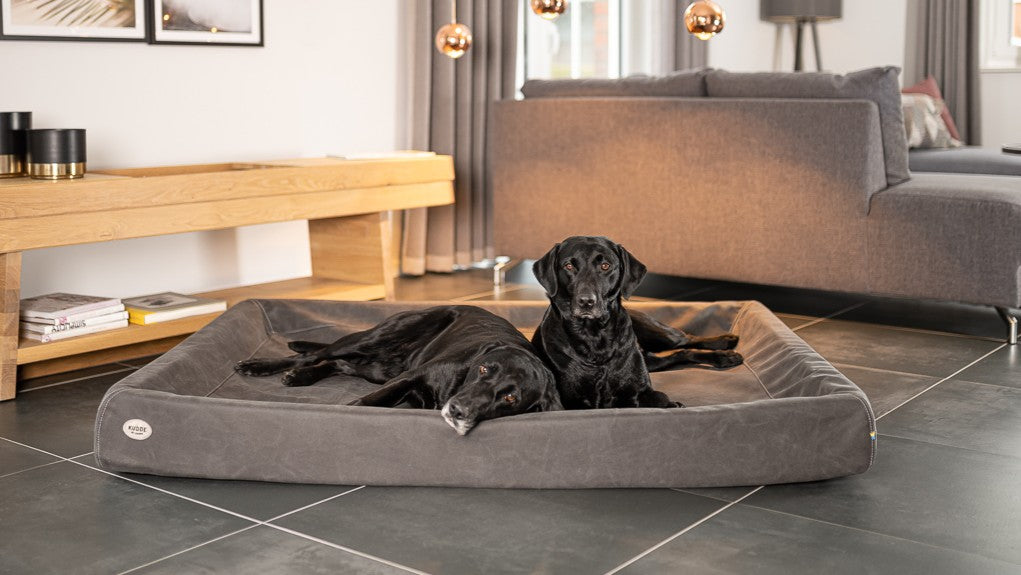

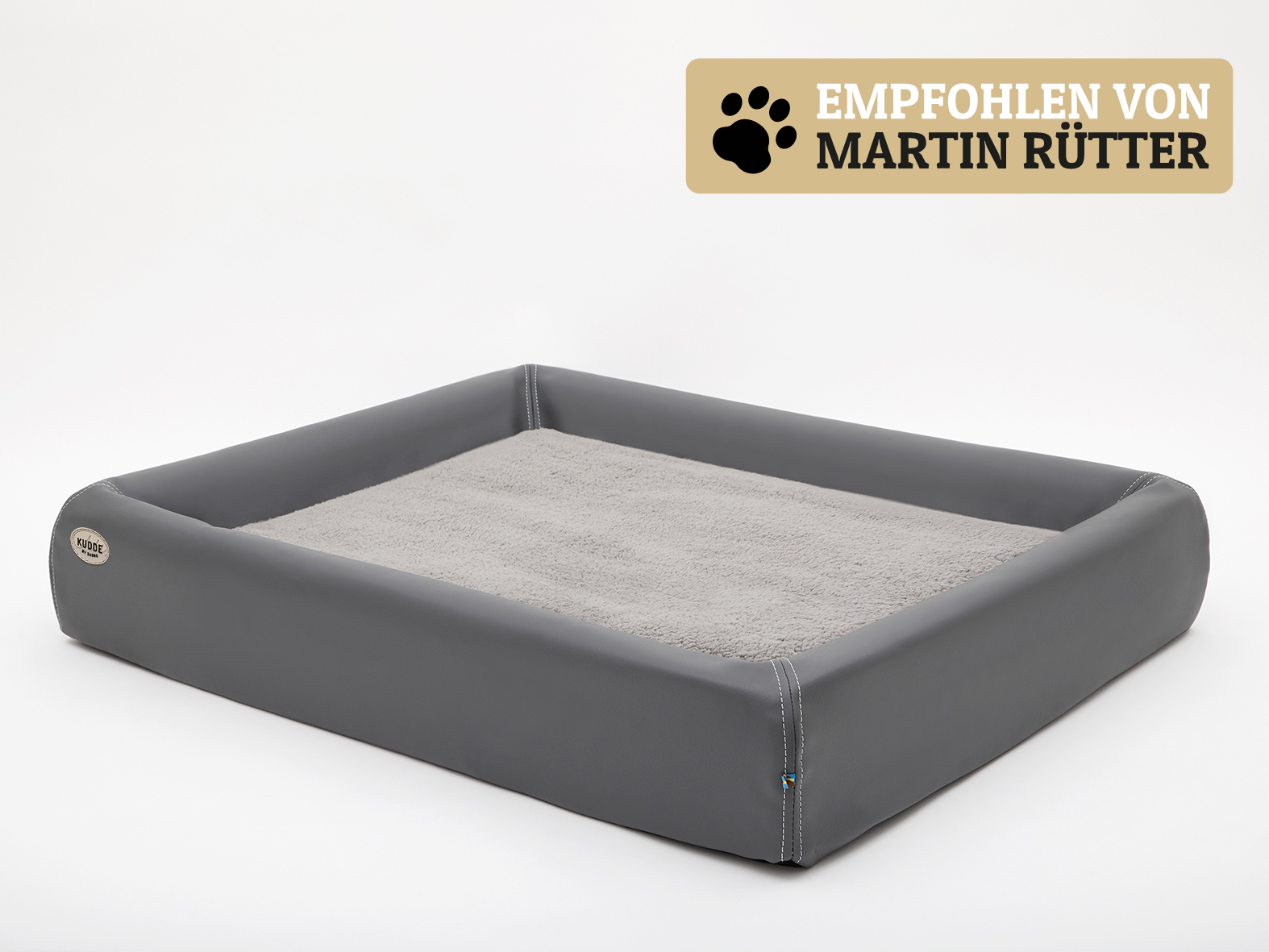
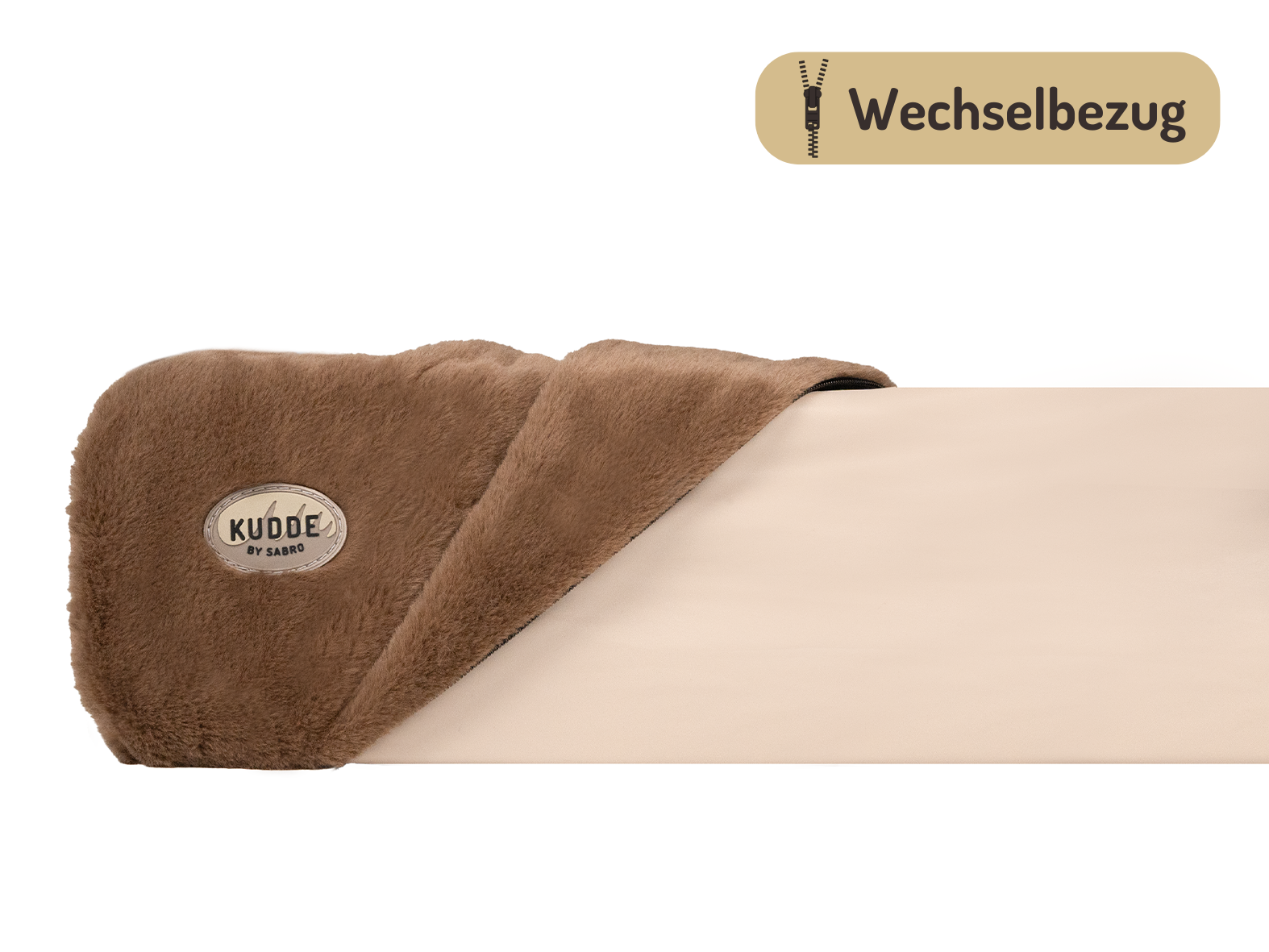
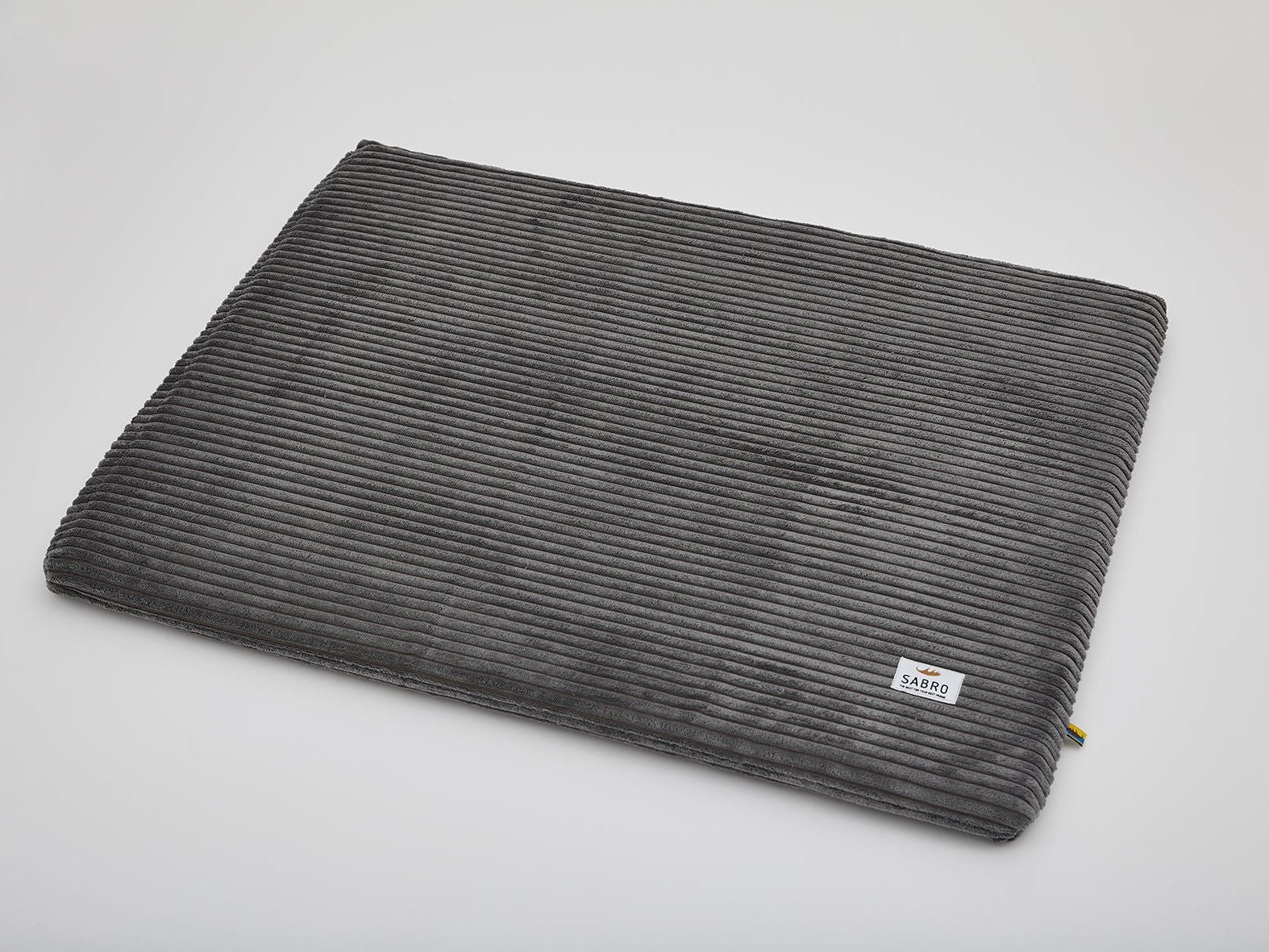
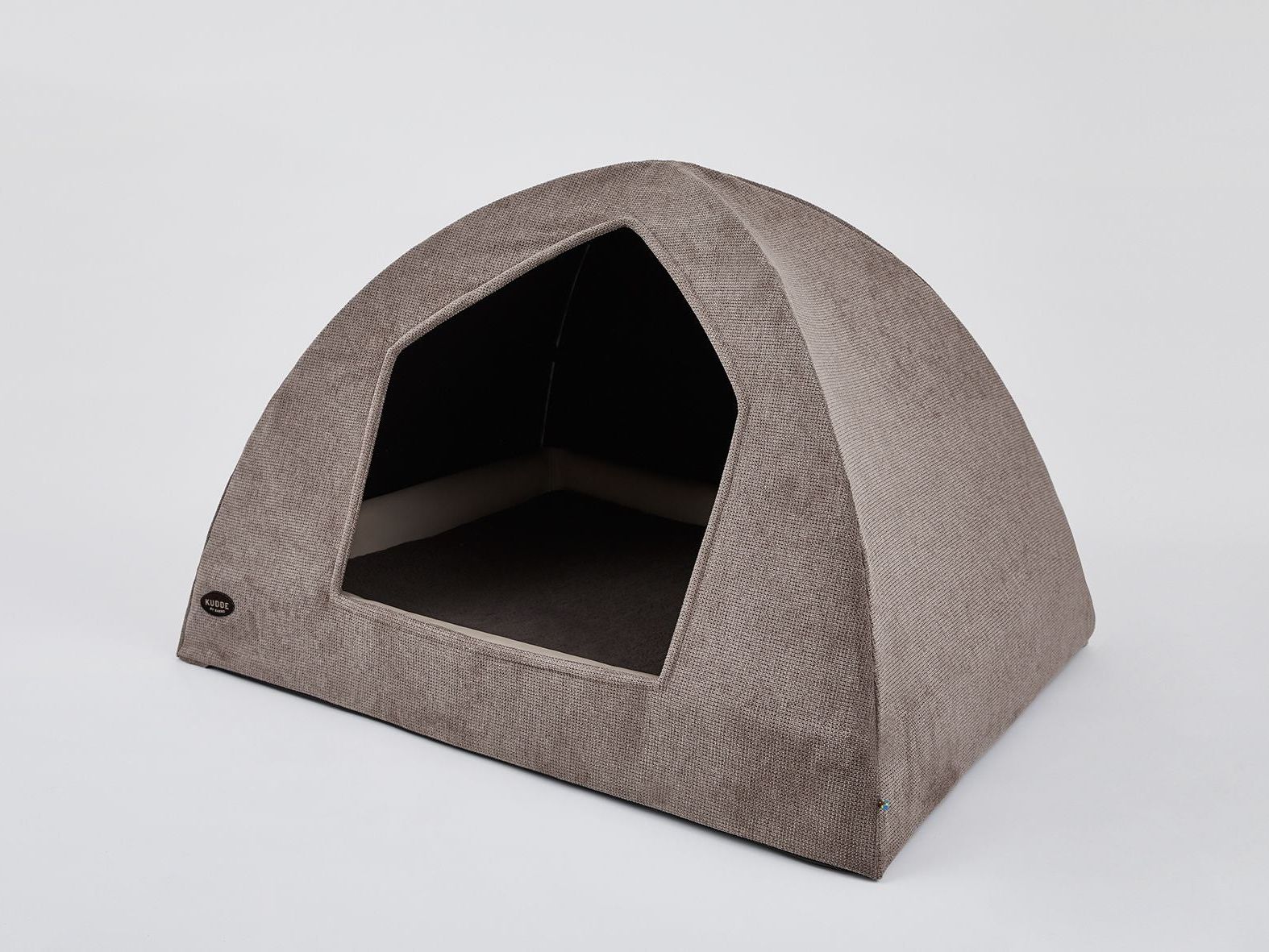
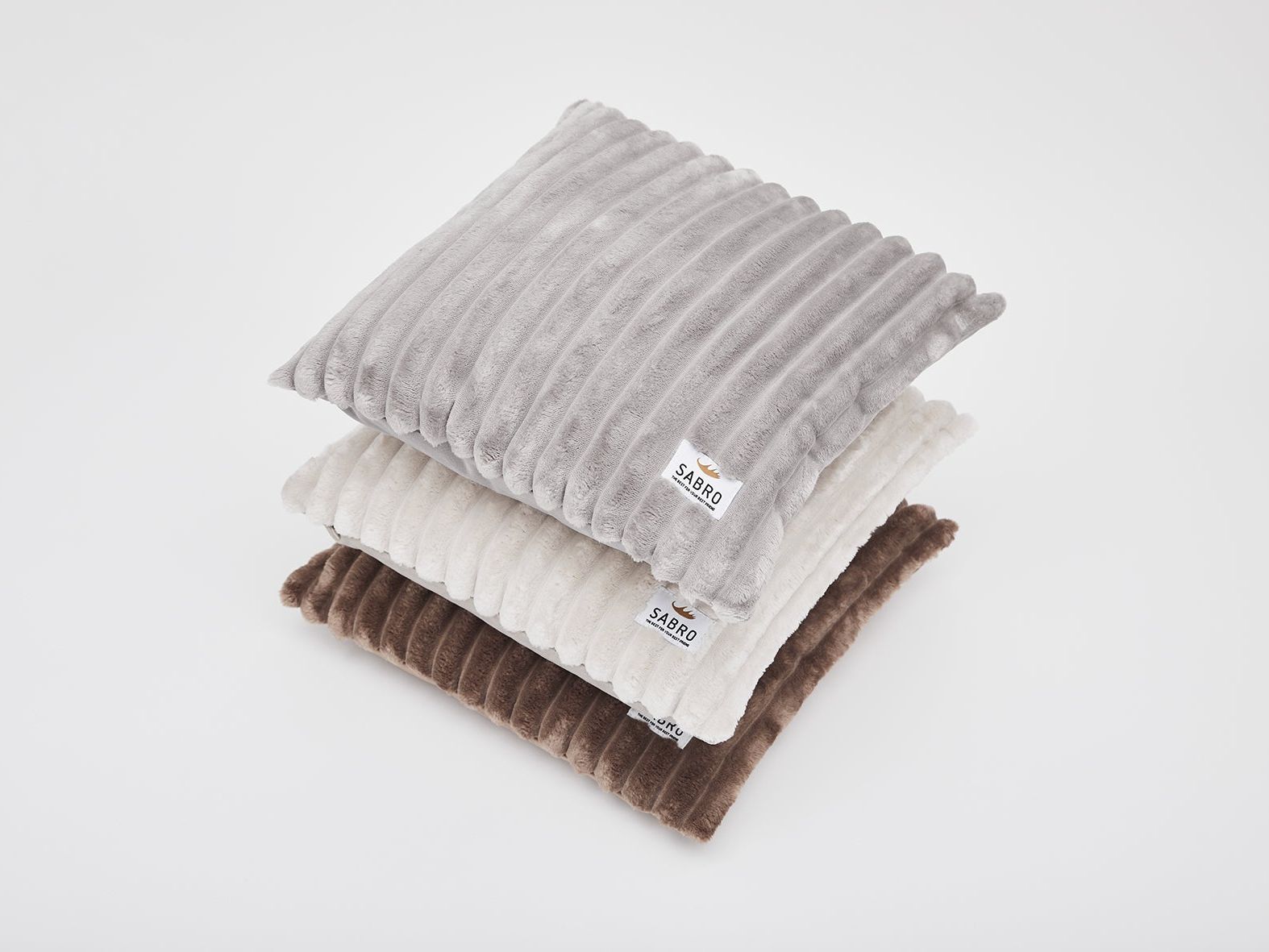
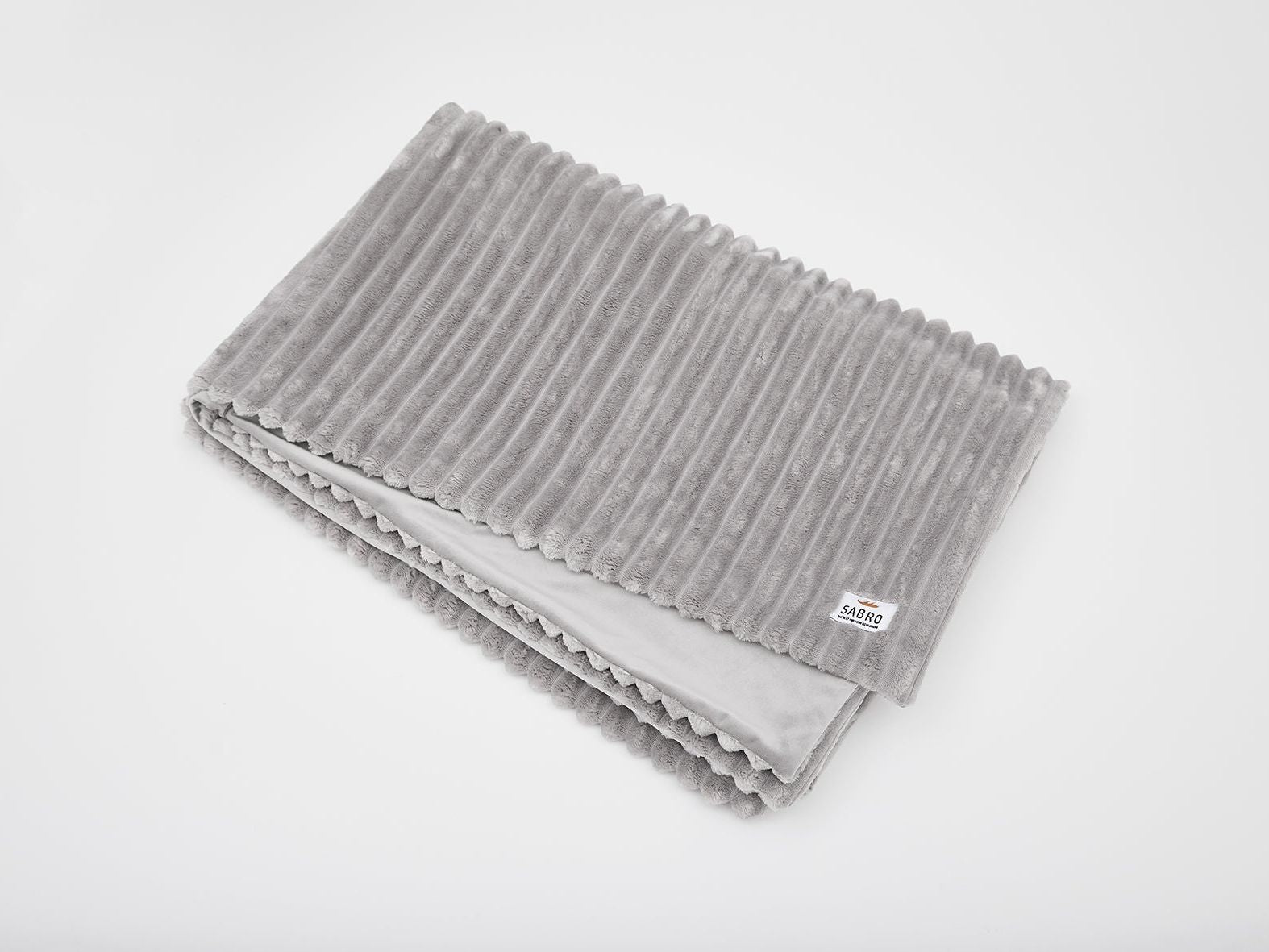
5 comments
Feltz Danielle
Hello I have a boxer of 30 kg and a chiuaua- jack russel michling 9 kg what size would I need for my dogs Thank you in advance Feltz
Hello I have a boxer of 30 kg and a chiuaua- jack russel michling 9 kg what size would I need for my dogs Thank you in advance Feltz
Sollfrank
Hello,
the size of our Cockapoo is 60cm. Which bed size is the right one for our Ludwig?
Kind regards
Birgit Sollfrank
Hello,
the size of our Cockapoo is 60cm. Which bed size is the right one for our Ludwig?
Kind regards
Birgit Sollfrank
Baldur
Hello team,our Baldur is from 7May
Hello team,our Baldur is from 7May
Anke Rüsbüldt
Hi there,
as a veterinarian, but especially as a woman with a dog, I give a clear recommendation for the Kudde! My short-haired collie sleeps in size L during the day and XL at night ;-)
Anke Rüsbüldt
Hi there,
as a veterinarian, but especially as a woman with a dog, I give a clear recommendation for the Kudde! My short-haired collie sleeps in size L during the day and XL at night ;-)
Anke Rüsbüldt
Kirsten Pfeiffer
My dog weighs only 28-29kg, but has a back length of 110 cm (tail - nose) - I am wavering between L and XL (although I would also have to move furniture for XL...).
What is your recommendation?
Greetings Kirsten
My dog weighs only 28-29kg, but has a back length of 110 cm (tail - nose) - I am wavering between L and XL (although I would also have to move furniture for XL...).
What is your recommendation?
Greetings Kirsten